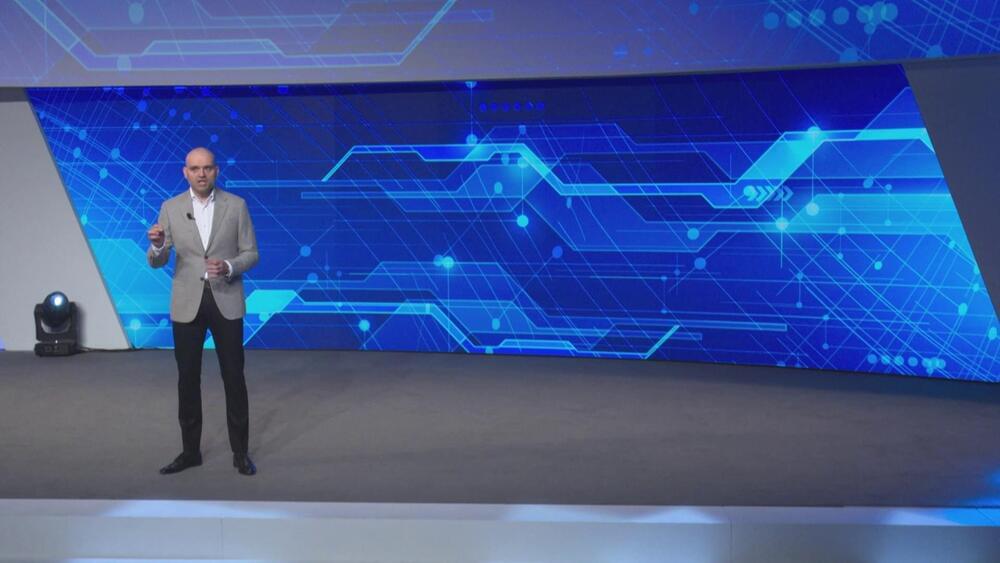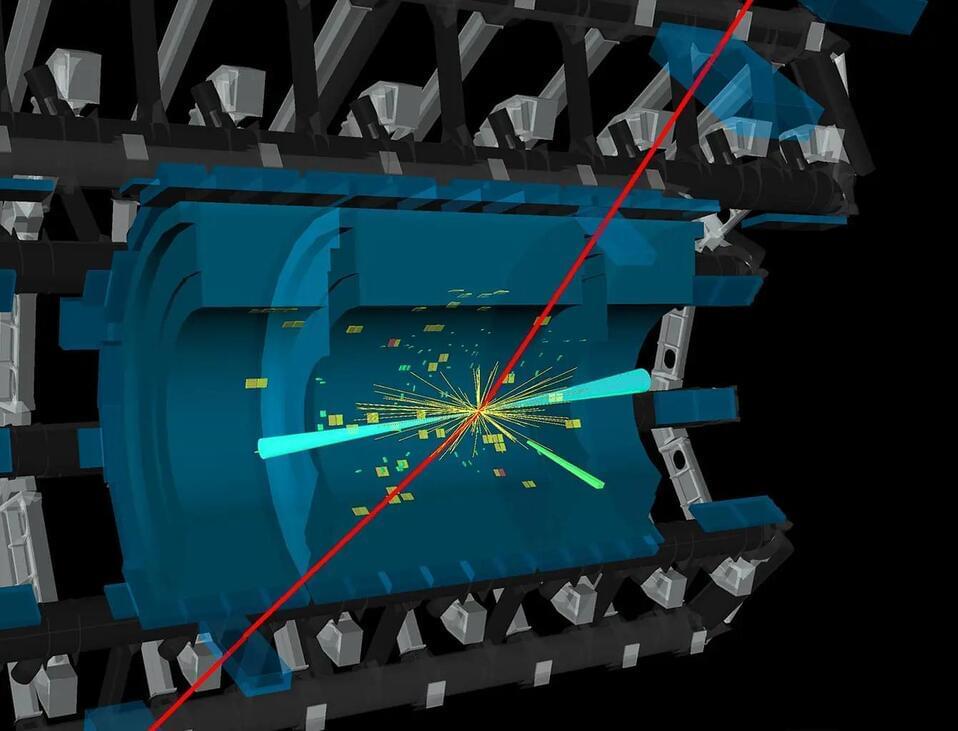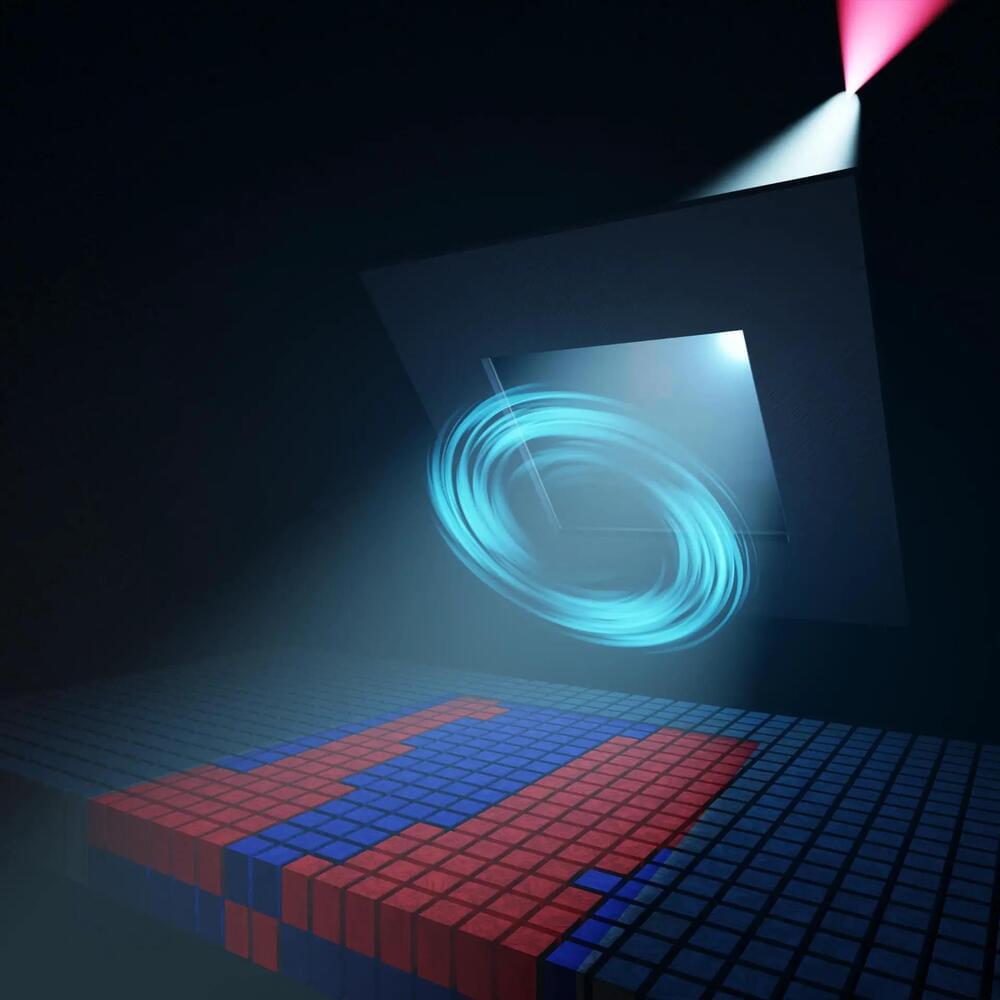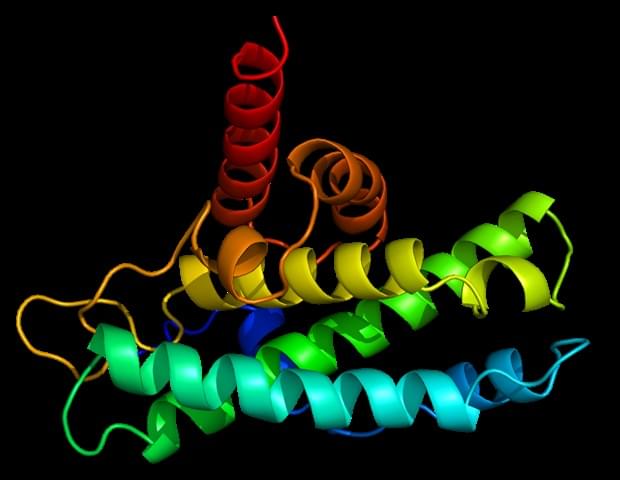Please make sure your browser supports JavaScript and cookies and that you are not blocking them from loading. For more information you can review our Terms of Service and Cookie Policy.
Quantum mechanics dictates that particles like atoms should also be thought of as waves and that technically we can build ‘atom lasers’ containing coherent waves of matter. The problem comes in making these matter waves last, so that they may be used in practical applications.
Now, a team of Amsterdam physicists has shown that this is indeed possible with some manipulation of the concept that underlies the atom laser, the so-called Bose-Einstein Condensate, or BEC for short, according to a press release published on June 10.
Google, the internet-spanning librarian of all of digital time and space, is expanding access to its new generative AI experience for Search — and you could be among the lucky few to try out this new feature in just a few clicks.
The generative AI experience for Search was unveiled at Google I/O and seeks to provide Googlers with a speedier, more natural approach to finding the information they want online — similar to the offerings of Microsoft’s Bing Chat. One key difference between the two being people actually use Google Search.
Plugins are available for ChatGPT Plus users through the GPT-4 model allowing third-party developers to insert services into the AI chatbot. After testing them for several hours, these are my three fa.
Your link to Germany
Posted in business
Understanding Germany: deutschland.de explains German politics ✓ business ✓ society ✓ culture ✓ and global partnerships ✓ with fascinating reports, concise facts, interactive features and exclusive interviews. Current, clear and coherent. ►.
The 1st atomic bomb was nicknamed “gadget.”
Does this say something about who we are? Or does it say something about the nature of technology and the power to do good or evil?
Today we live in a universe of ever-more-powerful gadgets and humanity has never wielded more technological power because we live in the most scientifically advanced century in the history of our civilization. The paradox, however, is that ours is also the most dangerous century not only for countless other species going extinct but also for our own existence.
The ATLAS and CMS collaborations have joined forces to establish the first evidence of the rare decay of the Higgs boson into a Z boson and a photon.
A photon is a particle of light. It is the basic unit of light and other electromagnetic radiation, and is responsible for the electromagnetic force, one of the four fundamental forces of nature. Photons have no mass, but they do have energy and momentum. They travel at the speed of light in a vacuum, and can have different wavelengths, which correspond to different colors of light. Photons can also have different energies, which correspond to different frequencies of light.
In this interview conducted at Pittcon 2023 in Philadelphia, Pennsylvania, we spoke to Dr. Jeffrey Dick about his work studying the chemistry of small volumes and nano-electrochemical tools.
What is your background, and what first attracted you to this field?
My name is Jeffrey Dick, and I grew up in Muncie, Indiana. I studied chemistry at Ball State University and fell in love with research and education.
Researchers from the Max Born Institute in Berlin have successfully performed X-ray Magnetic Circular Dichroism (XMCD) experiments in a laser laboratory for the first time.
Unlocking the secrets of magnetic materials requires the right illumination. Magnetic x-ray circular dichroism makes it possible to decode magnetic order in nanostructures and to assign it to different layers or chemical elements. Researchers at the Max Born Institute in Berlin have succeeded in implementing this unique measurement technique in the soft-x-ray range in a laser laboratory. With this development, many technologically relevant questions can now be investigated outside of scientific large-scale facilities for the first time.
Magnetic nanostructures have long been part of our everyday life, e.g., in the form of fast and compact data storage devices or highly sensitive sensors. A major contribution to the understanding of many of the relevant magnetic effects and functionalities is made by a special measurement method: X-ray Magnetic Circular Dichroism (XMCD).
The first protein-based nano-computing agent that functions as a circuit has been created by Penn State researchers. The milestone puts them one step closer to developing next-generation cell-based therapies to treat diseases like diabetes and cancer.
Traditional synthetic biology approaches for cell-based therapies, such as ones that destroy cancer cells or encourage tissue regeneration after injury, rely on the expression or suppression of proteins that produce a desired action within a cell. This approach can take time (for proteins to be expressed and degrade) and cost cellular energy in the process. A team of Penn State College of Medicine and Huck Institutes of the Life Sciences researchers are taking a different approach.
“We’re engineering proteins that directly produce a desired action,” said Nikolay Dokholyan, G. Thomas Passananti Professor and vice chair for research in the Department of Pharmacology. “Our protein-based devices or nano-computing agents respond directly to stimuli (inputs) and then produce a desired action (outputs).”









